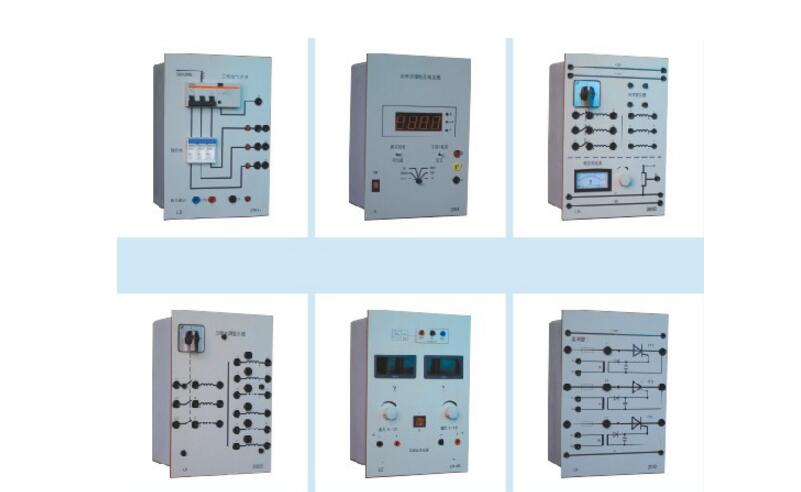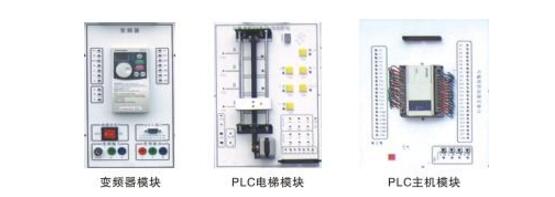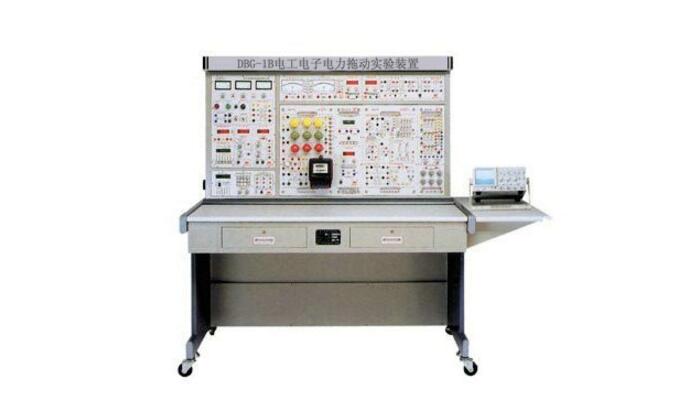A text to understand power electronic devices and their characteristics
**Power Electronics Concept**
Power electronics involves a variety of power electronic circuits designed to convert and control high-power energy. These systems are also referred to as converter devices and include rectifiers, inverters, DC converters, AC converters, various power supplies, switches, motor speed controllers, DC transmission systems, induction heating units, reactive power compensation devices, electroplating equipment, and household appliances.
DC power supplies can be constructed using either a rectifier or a DC converter, and they are commonly used for DC motor speed control, battery charging, electroplating, and scientific instruments. On the other hand, AC power supplies often use frequency converters (AC conversion circuits) and are categorized into variable frequency and voltage power supplies for AC motor speed control, constant frequency and voltage power supplies for uninterruptible power systems, regulated AC power supplies, medium-frequency induction heating power supplies (up to 8 kHz), and high-frequency power supplies (above 8 kHz) used in welding and quenching. By leveraging the fast switching capabilities of power electronics, static, contactless high-power switches can be created, replacing traditional electromagnetic contactors.

**Device Protection in Power Electronics**
Power electronic devices typically have limited ability to withstand overvoltage and overcurrent. For instance, motors and transformers can operate at several times their rated current for seconds or minutes, while power electronic components may fail within less than 0.1 seconds under similar conditions. Therefore, it's essential not only to choose appropriate voltage and current ratings but also to implement special protection measures to prevent damage from overcurrents or overvoltages. Additionally, some power electronic devices require specific environmental conditions—such as temperature, cooling water pressure, and air flow—which must be monitored to ensure stable and reliable operation.
**Overvoltage Protection for Power Electronic Devices**
Overvoltage can lead to insulation failure and device malfunction. Common methods for overvoltage protection include:
1. Using an RC snubber circuit. A capacitor and resistor connected in series help absorb transient overvoltage spikes, with the resistor dissipating the excess energy and reducing circuit oscillations.
2. Employing nonlinear resistive devices, such as Zener diodes, which can automatically restore after breakdown to protect the system from overvoltage. Examples include selenium stacks and varistors.
3. Implementing electronic circuits for voltage detection and automatic protection.

**Anti-Interference Technology for Power Electronic Devices**
Power electronic devices are high-power systems that often generate significant electromagnetic interference (EMI). This interference can cause malfunctions in the device itself or disrupt its control circuits. To reduce interference, common techniques include:
1. Reducing the intensity of interference signals, such as using shunt capacitors on AC relays or contactors to minimize spark-induced noise.
2. Proper wiring to minimize distributed capacitance, inductance, and mutual inductance between cables.
3. Applying electromagnetic shielding to block external interference.
4. Ensuring proper grounding to stabilize signal integrity.
5. Designing circuits with components that have strong anti-interference capabilities.
6. When sharing a DC power supply, each circuit should have its own independent power line.
7. Minimizing input and output impedance of each circuit to maintain signal strength.
8. Using isolation techniques like transformer coupling to separate control circuits from the main power circuit, preventing interference from entering critical parts of the system.

Battery Charger,ebike battery charger,ebike charger,water purifier charger
FOSHAN SHUNDE KELICHENG POWER SUPPLY TECHNOLOGY CO., LTD , https://www.kelicpower.com